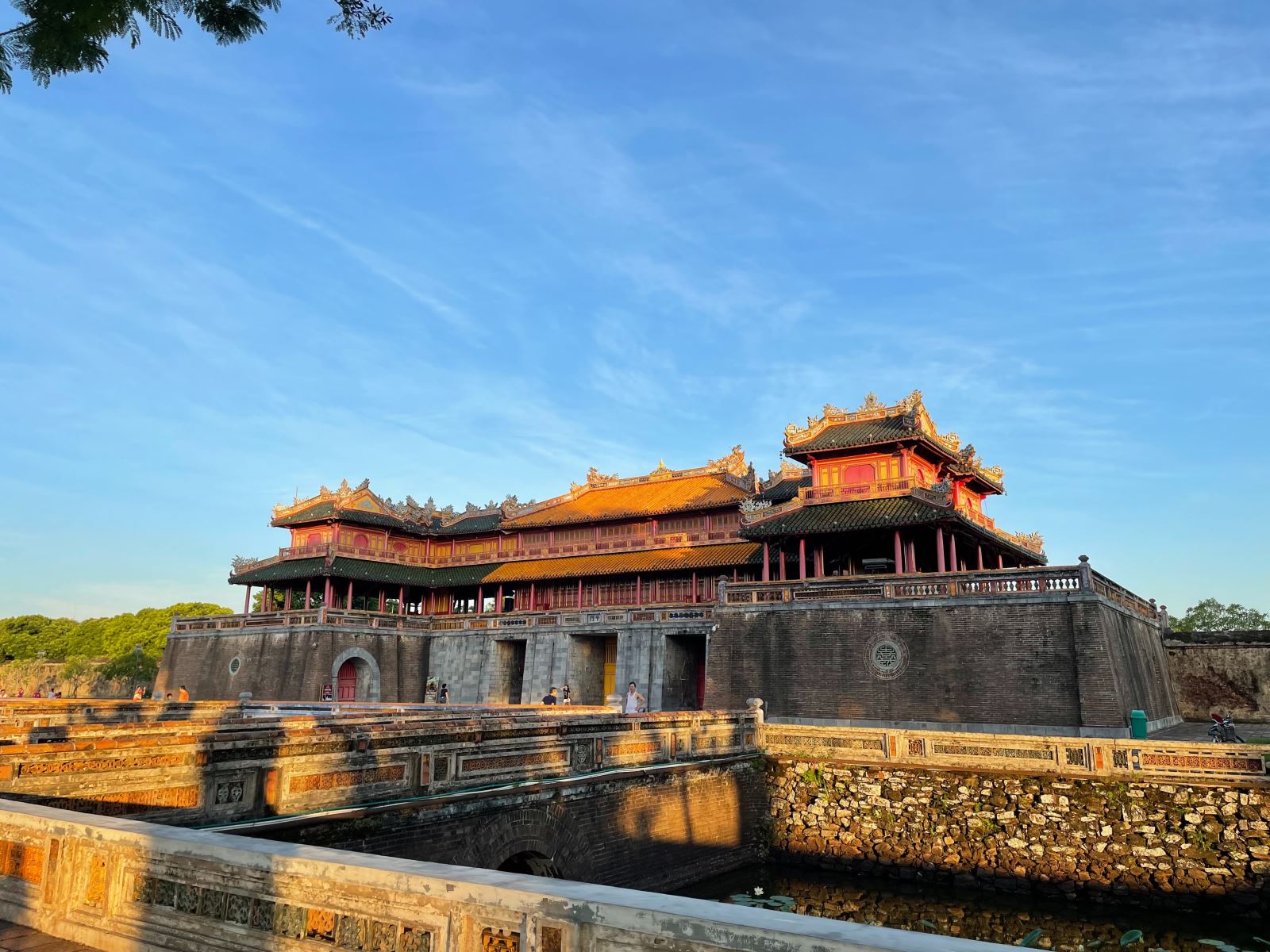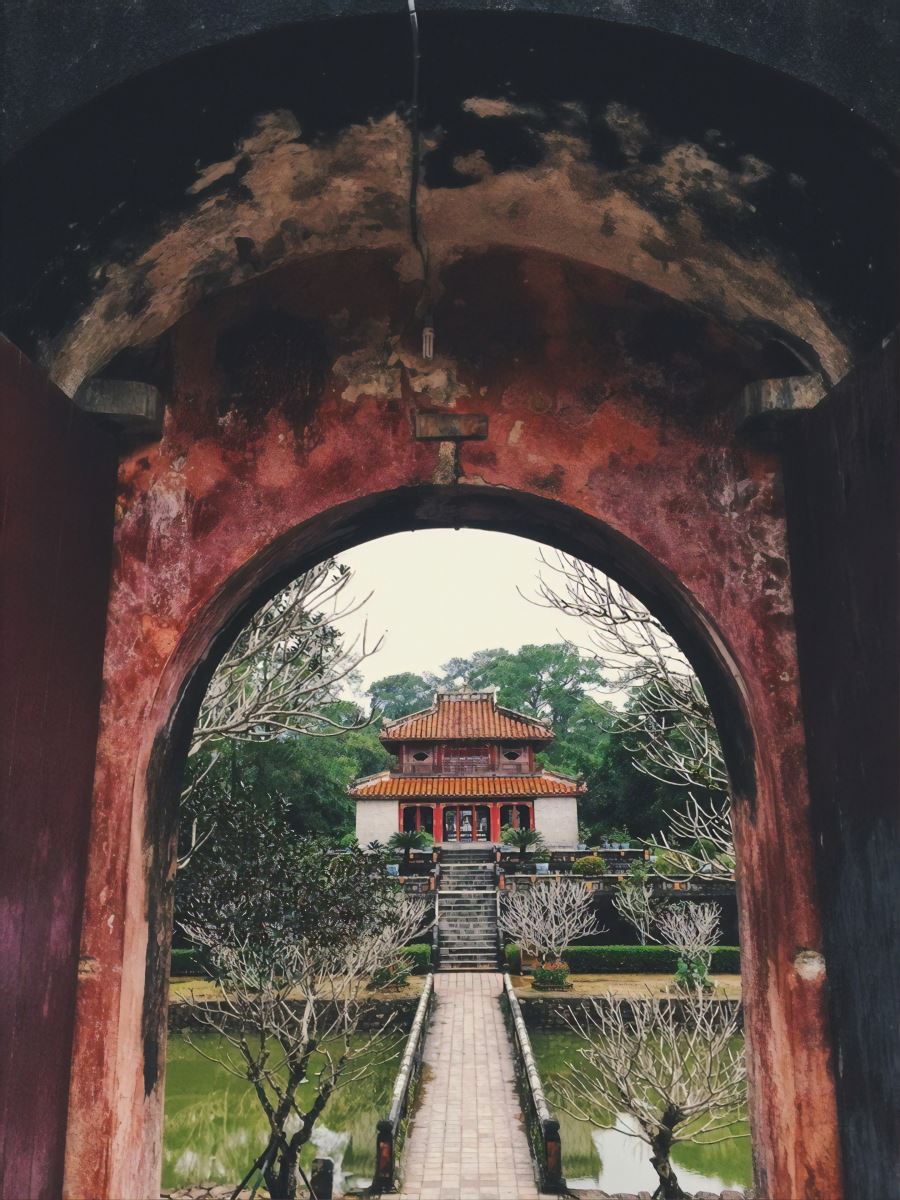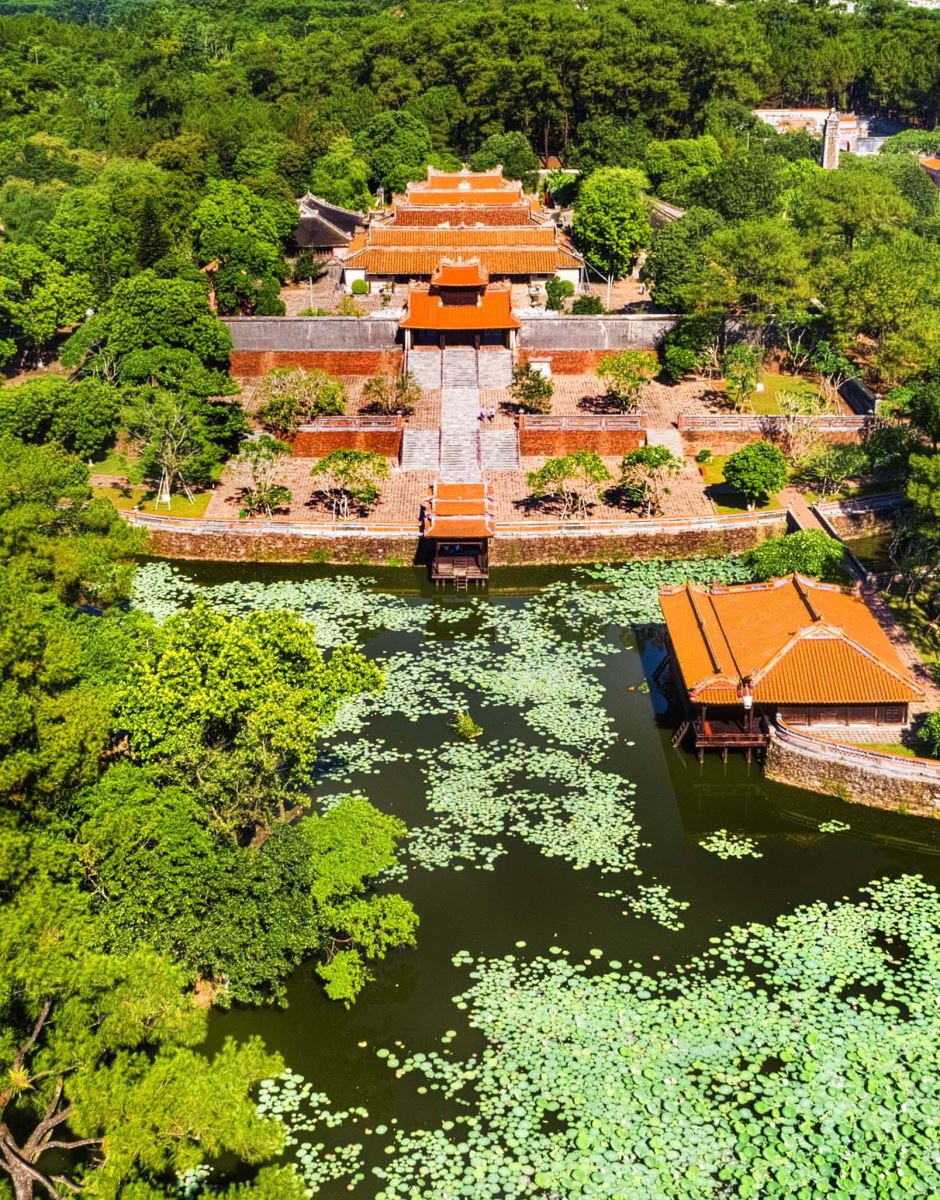Hue is an ancient city filled with old stories and serene vibes. The Kings of the Nguyen Dynasty constructed their primitive capital alongside Hue’s fertile riverbanks and atop its forested hills, however, their imperial legacy is simply one of all many motives to visit. Hue’s delicacies are the legend of Vietnamese cuisine, and its leafy streets are coated with mossy pagodas, artwork déco mansions, and stimulating markets. Throughout the entire scene flows the Perfume River, you will find peace when immerse yourself in the calm scenery. When in Hue, you can not miss the Imperial Citadel and Tombs so let us guide you through some highlights of these monuments.
Hue Imperial Citadel

As Hue of Vietnam was decided to be the capital of the Southern Kingdom under the Nguyen Lords’ Dynasty, Hue Imperial Citadel was constructed as the place for the emperor to organize important national celebrations as well as for the Royal to inhabit. The citadel is located on the North bank of the Perfume River, right at the heart of Hue city. It is a vast complex blanketing an area of 520 ha and consists of three circles of ramparts which are Kinh Thanh Hue (Hue Capital Citadel), Hoang Thanh (Royal Citadel), and Tu Cam Thanh (Forbidden Citadel). Nowadays, this Citadel has still retained many unique imprints of the blooming history and culture of the Nguyen Dynasty since hundreds of years ago.
Minh Mang Tomb

Emperor Ming Mạng continued his father's legacy, ruling a vast empire, suppressing rebellions, and confronting the growing threat of Europe. Completed in 1843, the large and orderly tomb of Minh Mang reflects military prowess and successful conquests, but also cultural conservatism. The Ming Mang Empire stretched across modern Vietnam into Cambodia and Laos. His isolationist policy banned foreign missionaries and reinforced Confucian ideology.
Tu Duc Tomb

Emperor Tự Đức possessed a burning desire for art and poetry, a passion he conveyed to design his romantic, illustrious tomb. Tu Duc longing his final resting place to combine harmoniously with nature. It is also the greenest and most organic of all the tombs. Rather than involving in a losing battle, Tu Duc retreated into constructing and enjoying his own tomb. The complex was done before his death, and Tu Duc usually spent time here writing poetry and fishing in the lake. Rumour has it that Tu Duc was not laid to rest here but in another unknown location to hide his treasures from grave robbers.
Khai Dinh Tomb
.jpg)
The tomb of Emperor Khải Định is a debatable topic with its heady mixture of Eastern and Western styles. Khai Dinh was the Nguyen Dynasty’s most eccentric and unusual king, who reportedly embraced French colonialism. Much like his father, Khai Dinh adored imported luxuries, spent large amounts of money on his tomb, and was the subject of ridicule by nationalist leaders.
This tomb is relatively unique in the area with a series of stairs ascending a pine-covered hill rather than a landscaped, flat esplanade. You’ll notice Chinese, Vietnamese, French, and even Cambodian architectural influences. The most striking point is the contrast between the outside and the inside: Khai Dinh selected white concrete for the façade (now blackened by the elements), and intricate, opulent mosaics and murals for the interiors.
To fully explore the ancient monument complex, gazing at the intricate details, and understanding its history, might take you a whole week. However, 1 to 2 days in Hue are already enough to leave you with a long-lasting memory and vivid impression.